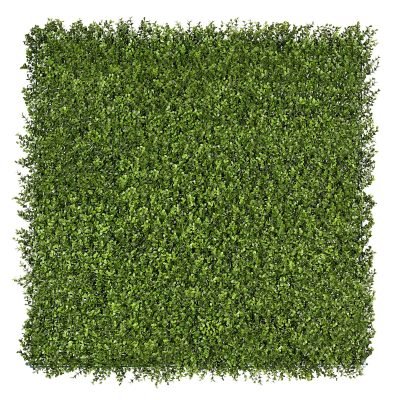
How to get rid of poison ivy
Do you know the names of all the plants growing in your garden, including the weeds? Do you know that there are poisonous plants in Australia that can be dangerous to you and your family? Poison ivy is a plant that you definitely don’t want growing anywhere near you.
As the earth gets warmer with climate change, scientists have discovered that poison ivy is spreading and becoming more toxic. It loves man made areas and could have found its way into your yard, or could even be growing up your walls!
If you have ever developed an itchy rash after working in your garden you may have poison ivy growing in your yard and don’t even know it. The rash is caused by urushiol oil that leaks out of the roots, leaves, and stems of the poison ivy. Once you or your clothes come into contact with the plant, the oil is easily spread via direct contact.
How to identify poison ivy
The problem with recognising poison ivy is that it comes in a number of different forms. It can be a bush or a vine and it can easily be mistaken for a harmless plant.
However, there are features that the various types of poison ivy share. Keep them in mind to help you get rid of poison ivy and reduce the possibility of you and your family being affected.
1. Beware the mimic: Mature vines can impersonate the tree they are attached to – look for vines with fine hairs, this is generally poison ivy.
2. The rule of three: The leaves of poison ivy may vary in look but they always come in clusters of three.
3. Thorny stem: If it has thorns, it’s not poison ivy, just be careful of pricking injuries.
4. Attached berries: Usually pale green, white or cream in colour, hairy and transparent.
5. Adapts to its environment: When growing in the city it is more likely to be a climbing vine. In wooded areas is will most often be found as a ground creeper. Poison ivy is more common in landscaped areas than natural bush.
Home remedies for poison ivy contact
1. Wash the area with cold water as soon as you can to stop the oil being absorbed into your skin – hot water helps it to be absorbed quicker!
2. A shower is better than a bath after working in your garden – cool water will help wash any oil away in case you have been exposed and don’t know it.
3. If you start to itch, try not to scratch. These home remedies can help soothe the itch:
· A cool water compress applied to the area gives temporary relief.
· Combine water and Himalayan salt and use as a compress, or add it to a spray bottle.
· Fresh aloe vera gel – split a leaf, scrape out the gel and apply it to the rash.
4. At the earliest opportunity seek your own expert medical advice.
How to get rid of poison ivy
1. If it’s on the ground mow it – you will need to do this every time it starts growing back.
2. Pull it very carefully. Make sure you are fully covered and wash the clothes you use straight afterwards. Use disposable gloves.
3. Goats love eating poison ivy and are not affected by urushiol oil. If your garden doesn’t support owning a goat maybe you can borrow one for a period of time.
4. Spray it with strong vinegar. Be careful as this will also kill any other plants that are sprayed so this solution is not ideal when the poison ivy vine is in the midst plants you want to keep.
5. Hot water will kill it but like the vinegar may also kill plants that are close by.
Alternatively, you may want to get an expert landscaper or garden maintenance person in to remove poison ivy for you.
Types of ivy plants
While you would not want to have poison ivy in your garden, you may want to grow ivy to cover an ugly fence or complete a trellis. There are many types that you can choose from to enhance your gardens current landscape.
You can also include artificial ivy in your garden that looks great 12 months of the year, provides instant coverage and requires no maintenance. Best of all it will stay the same length, so there will be no issues in terms of overgrowth, which has been known to also cause problems with property foundations.
Read more:
Improve property value with green wall disks
How to choose the right landscaper
Share this post
FEATURED PRODUCTS
-
Slimline Flowering White Artificial Green Wall Disc UV Resistant 50cm (Black Frame)
$199.95Original price was: $199.95.$174.95Current price is: $174.95. Inc GST ADD TO CART -
Luxury Deluxe Buxus (Bright) Hedge Panels UV Resistant 1m x 1m
$120.00Original price was: $120.00.$94.95Current price is: $94.95. Inc GST ADD TO CART -
Variegated Boston Ivy Leaf Screen Green Wall Panel UV Resistant 1m X 1m (Dense Backing)
$99.95Original price was: $99.95.$89.95Current price is: $89.95. Inc GST ADD TO CART -
Premium Natural Buxus Hedge Panels UV Resistant 1m x 1m
$120.00Original price was: $120.00.$79.95Current price is: $79.95. Inc GST ADD TO CART








